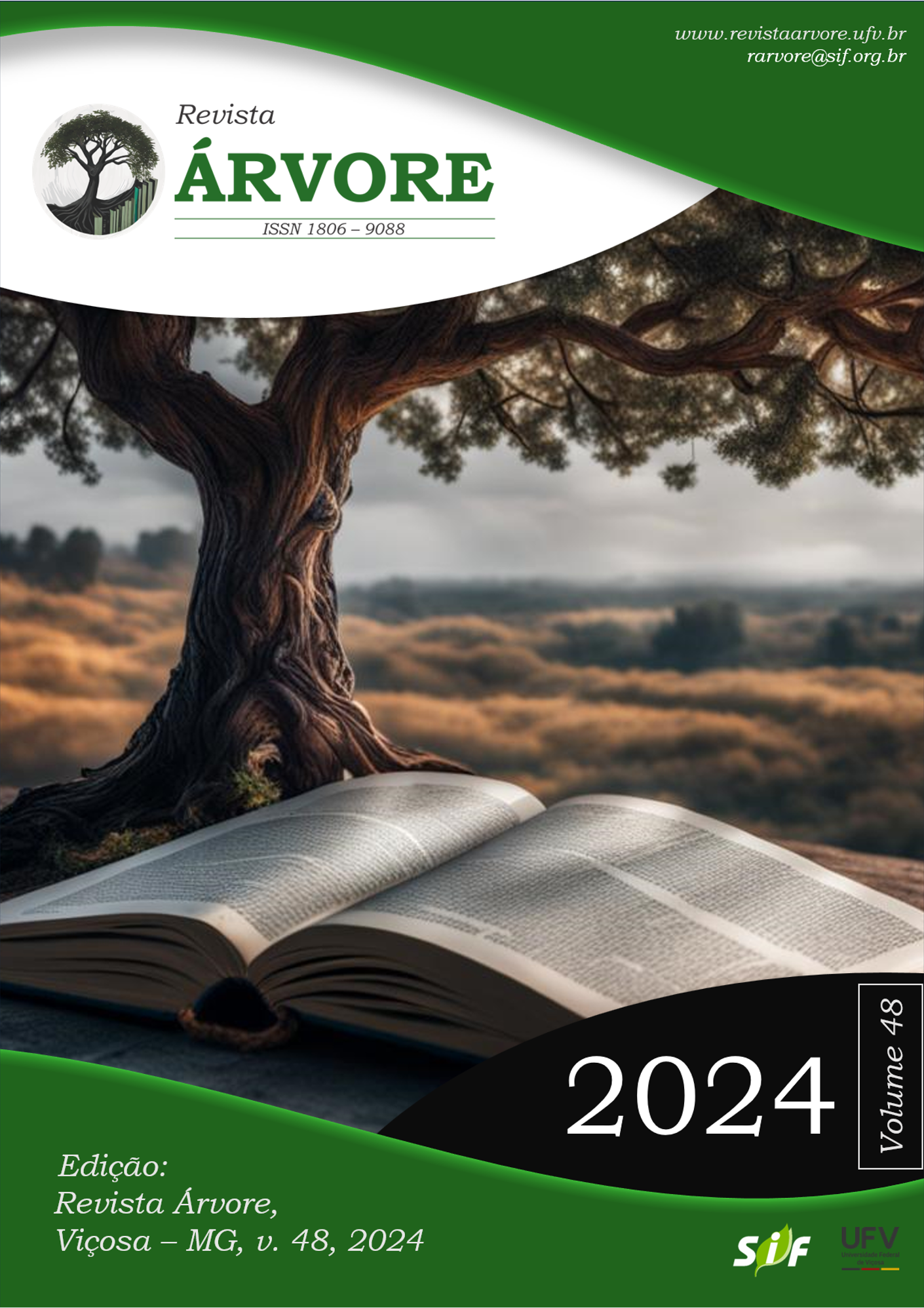Evaluation of the impact of wood forest management operations on Amazon nut trees in forest concession areas in the Amazon
DOI:
https://doi.org/10.53661/1806-9088202448263641Keywords:
Non-timber forest product, Photogrammetry, Multiple use, Forest productionAbstract
The Amazon rainforest holds has immense biodiversity and offers various possibilities for use. Moreover, there is an increasing need for development models that reconcile the rational use of forest resources with socio-economic development. Multiple-use forest management emerges as a legal mechanism for the sustainable use of forest resources. In this context, a forest use system that appears suitable for multiple-use management is one where timber is selectively harvested from forests that are also sources of Brazil nuts. However, the effects of logging management on forests with a high density of Brazil nut trees needs to be studied, as the damage resulting from logging operations on Bertholletia excelsa Bonpl. trees may impact the long-term maintenance of these nut stands. This study aimed to assess the impact of logging operations for timber production on Brazil nut trees to evaluate the compatibility of logging management with the management of native nut stands in a forest concession area in the Amazon. The study was conducted in two National Forests (Jamari and Jacundá) in the state of Rondônia. The damage from cutting and logging operations on the canopy structure of Brazil nut trees was quantified and assessed using photogrammetry with remotely piloted aircraft. The Jamari National Forest showed 4.3% canopy damage to Brazil nut trees, while the Jacundá National Forest showed 3.2% damage. The results indicated that the damage to the canopies of Brazil nut trees due to timber extraction was minimal, suggesting potential compatibility between logging management and the management of native nut stands. However, further studies are needed, especially those focused on planning the collection of Brazil nuts, since access to the nut stands is essential for effectively structuring management, ensuring that the full production potential is sustainably managed and generates income for the extractivists.
Keywords: Non-timber forest product; Photogrammetry; Multiple use; Forest production
Downloads
Published
How to Cite
Issue
Section
License
Copyright (c) 2024 Revista Árvore

This work is licensed under a Creative Commons Attribution 4.0 International License.
All authors agreed to submit the work to Revista Árvore and granted the exclusive license to publish the article. The authors affirm that it is an original work and has not been previously published elsewhere. The scientific content and opinions expressed in the article are the sole responsibility of the authors and reflect their opinions, not necessarily representing the opinions of the editorial board of Revista Árvore or of the Society of Forest Investigations (SIF).








